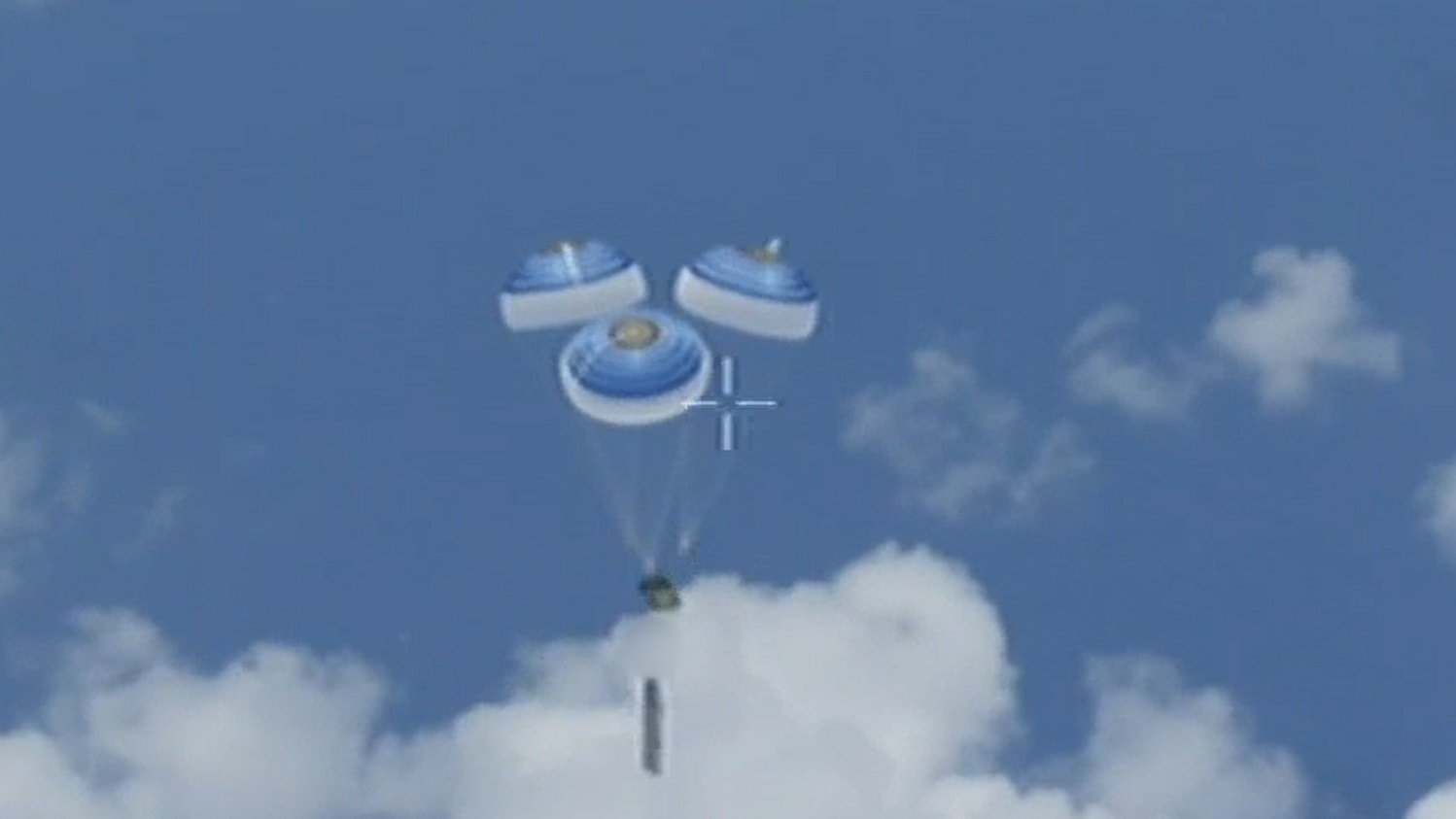The U.S. Missile Defense Agency, Ballistic Missile Defense System Operational Test Agency and U.S. Army soldiers of the E-62 Battery, 11th Air Defense Artillery Brigade, conducted an intercept test early this morning of the Terminal High Altitude Area Defense (THAAD) element of the nation’s Ballistic Missile Defense System.
During the test, designated Flight Test THAAD (FTT-23), the THAAD system located at U.S. Army Garrison Kwajalein Atoll in the Republic of the Marshall Islands successfully detected, tracked and intercepted a threat representative target using a THAAD launcher that was positioned at distance from the other THAAD end items.
The THAAD radar detected, acquired and tracked the target. The THAAD system then developed a fire control solution and launched an interceptor from a remotely-located THAAD launcher that destroyed the target’s reentry vehicle.
This was the 16th successful intercept in 16 attempts for the THAAD system since 2005.
The THAAD system now has the capability to physically untether a THAAD launcher from the battle manager and launch interceptors remotely, greatly enhancing launcher emplacement options and increasing the defended area.
“The enhanced THAAD system performed flawlessly in today’s test, and we are proud to support the Missile Defense Agency and U.S. Army as they continue to demonstrate the system’s unmatched capabilities,” said Richard McDaniel, vice president of Upper Tier Integrated Air and Missile Defense Systems at Lockheed Martin. “This successful test paves the way for delivery of an urgent need capability that will enhance THAAD’s emplacement options resulting in greater asset protection.”
THAAD is highly effective at defending against a host of ballistic missile threats to include mass raid scenarios. The system uses hit-to-kill technology to destroy a threat with direct impact neutralizing lethal payloads before they reach protected assets on the ground. The system is rapidly deployable, mobile and interoperable with all other Ballistic Missile Defense System (BMDS) elements, including Patriot/PAC-3, Aegis, forward-based sensors and the Command, Control, Battle Management and Communications system.
“The Missile Defense Agency is committed to supporting the warfighter and we are proud of this success and the U.S. Army soldiers who executed this flight test,” said MDA Director Vice Adm. Jon A. Hill. “This test demonstrates the expanding capabilities of the THAAD weapon system and its ability to intercept and destroy ballistic missile threats in defense of our nation, deployed forces and allies.”
While initial indications show the test met its primary objective, program officials will continue to evaluate system performance based upon telemetry and other data obtained during the test.
Soldiers from the E-62 Battery conducted radar operations, launcher and fire control operations using the same procedure they would use during combat. Simulating a real-world scenario, soldiers were unaware of the target-launch timing.
